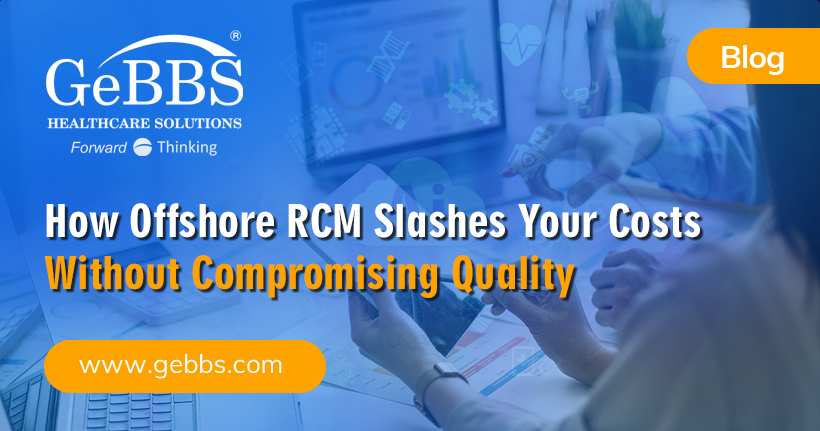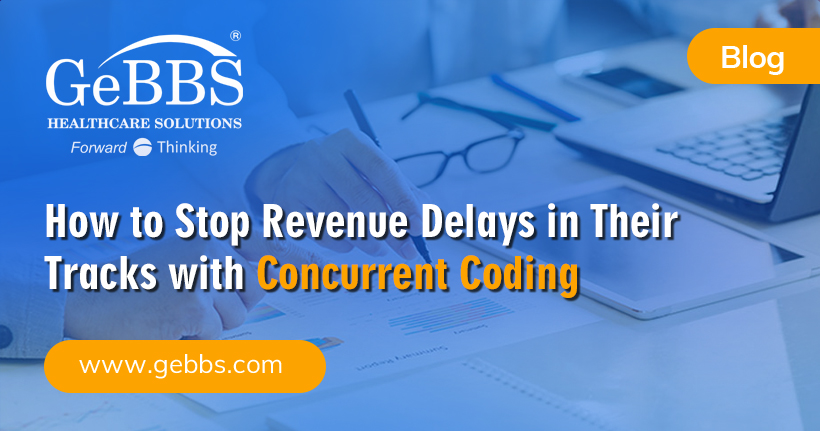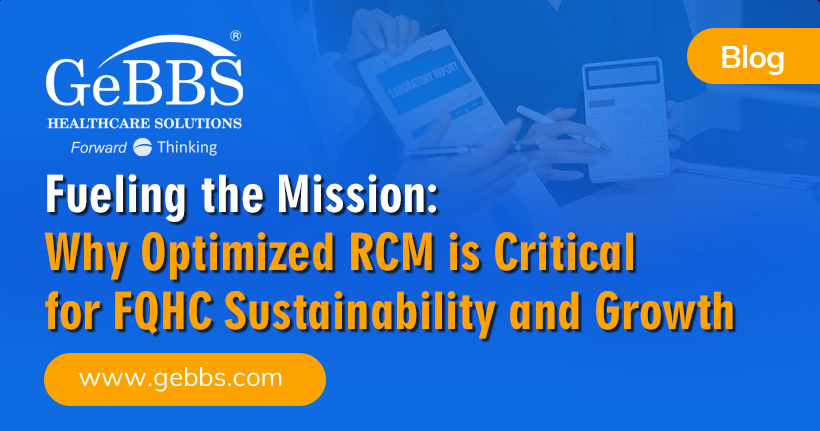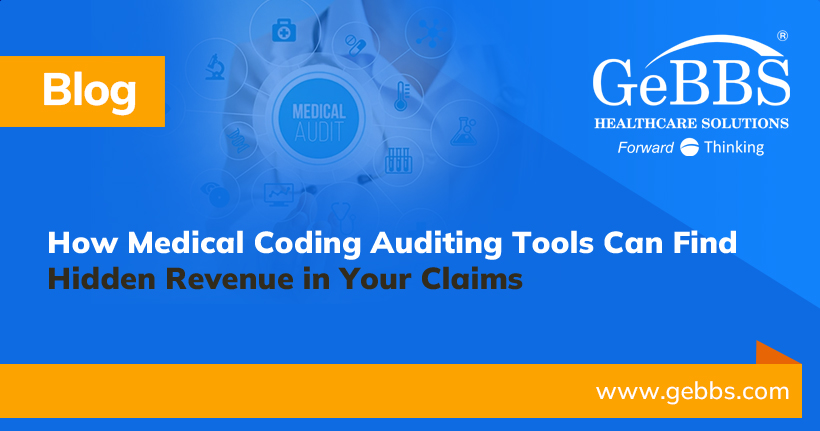Medicare Advantage (MA) risk adjustment (RA) relies on strong connections between members, providers, and payers, accurate coding, and detailed data submissions. It is a process that continues to evolve to ensure better outcomes for patients and cost-effective patient care.
While RA continues to improve, payers and risk-bearing entities struggle with its complicated processes. These challenges lead to inaccurate coding and increased scrutiny from regulatory entities.
However, the right tools and processes can help payers and risk-bearing entities overcome these challenges and achieve compliance-driven risk adjustment while providing better patient care. Read on to get a closer look at Medicare Advantage risk adjustment diagnosis: the challenges, opportunities, and tools that can improve the process.
Challenges of Medicare Advantage Risk Adjustment Diagnosis
Because many payers have relied on manual and outdated data retrieval and coding processes, they often run into challenges with accuracy in coding. Because of these challenges, government entities have become more aggressive in their oversight to enforce accuracy and prevent overpayment.
Inaccurate Coding
Payers often find that their ICD-10 codes are disjointed and unstructured, with incomplete payment history. Without established approaches and programs to get more accurate codes, payers and risk-bearing entities often take a haphazard approach where they try to capture everything. This random tactic often results in inaccuracies in their diagnoses and coding.
There are several reasons why payers struggle with accurate diagnoses. One is the changes in the ways MA pays for services. Coding the diagnosis is now critical for payment, but payers find it challenging to correct their workflows to keep up with these changes.
Another reason is that payers must navigate multiple systems to get accurate coding. They rely on internal data within the primary care provider’s (PCP) electronic health record (EHR) and must navigate several provider and payer systems to retrieve documents. This cumbersome process can make it difficult to ensure quality and is particularly challenging for value-based coding that requires a clinical understanding.
While submitting and standardizing claims through portals have helped improve RA coding, necessary diagnosis data and charts will fail to come through the portals. Failure to receive accurate diagnosis and chart data means that payers often don’t have the information to fully capture a diagnosis, such as lab results or self-reported patient information.
Increased Oversight
As payers and risk-bearing entities struggled to navigate the complex nature of RA, government agencies took notice. Because of the inaccuracy in coding, many oversight agencies are concerned with excess payment regarding Medicare Advantage and risk adjustment. The Medicare Payment Advisory Commission (MedPAC) estimates risk scores are about 9.5% higher for Medicare Advantage beneficiaries than for traditional Medicare. This would result in close to $12 billion in overpayment.
Government agencies were relaxed on documentation during the pandemic so that they wouldn’t slow down payers or providers fighting COVID-19. However, they are now more aggressive in following up on overpayments and ensuring accuracy. The Centers for Medicare & Medicaid Services (CMS) recently said that they are in the process of collecting $498 million in Medicare overpayments that the Office of Inspector General (OIG) uncovered in its audits. They have collected half of the payments so far.
The increasing oversight and concern over excess payments could mean costly repayments for payers and risk-bearing entities that struggle to capture the information they need to code diagnoses accurately. Payers must keep compliance as their top concern to avoid costly repayment and fines that can come with increased scrutiny.
Ways to Improve Risk Adjustment Diagnosis
Payers and risk-bearing entities rely on processes and workflow methods that pre-date risk adjustment. As a result, they are ill-equipped to handle the changes and complexity that come with RA.
Here are some tips and tools that enhance accuracy and documentation for oversight:
Implement Tools for a Prospective Risk Adjustment Process
Better patient care is more than ensuring past encounters were successful. Payers are starting to take a prospective approach where they get more codes that aid future care and recovery with the right tools. Artificial intelligence (AI) and machine learning (ML) use algorithms to capture these codes, create better patient outcomes, and improve payer results.
Use NLP to Capture Diagnoses Codes
Compliance-driven accuracy is challenging for human coders when they have to comb through hundreds of pages to find vital diagnoses and data. Natural language processing (NLP) harnesses AI to uncover chronic conditions in even the most complex patient medical record. It is a critical tool for payers to avoid human error and ensure nothing is missed.
Communicate With Patients Proactively
When payers engage with patients only after they see their providers, they miss effective and proactive care opportunities. Proactive patient engagement through wellness visits improves patient care and ensures that critical documentation is captured for better patient care.
Enhance Primary Care Provider Communication
Making communication and documentation easy for PCPs with tools such as bi-directional EHRs is vital for capturing diagnoses, making interoperability possible, and improving patient care. Using tools that enable primary care physicians to put notes on top of EHR records and payers to track information in real-time will improve communication and enhance the overall accuracy of coding and documentation.
Compliance-driven risk adjustment requires enhanced communication, improved workflows, and the latest tools to ensure accurate coding and better patient care. Payers and risk-bearing entities must update their workflow and processes to better meet RA challenges and achieve greater returns.
Modern Risk Adjustment Strategies for Better Diagnoses
Payers face several challenges in compliance-driven risk adjustment. The processes and workflows they depended on for decades no longer meet the needs of risk adjustment and accurate coding. They comb through hundreds of pages of EHR to find diagnoses, rely on disjointed communication, and navigate multiple systems— all of which make accuracy and compliance challenging to achieve fully. However, accuracy and compliance are more important than ever as government agencies have begun to crack down on inaccuracies.
To meet the challenges of diagnoses in RA, payers and risk-bearing entities must enhance their workflow and implement the right tools to improve coding without frustrating patients or providers. (For more on this, read our whitepaper, Navigating RA Workflows for Utilization Reimbursement and Performance Outcomes.) They can improve interoperability, communication, and accuracy using NLP, AI, and ML technology.
The right partner can help you implement the technology, expertise and processes you need to meet the Medicare Advantage RA challenge. Contact one of our experts today if you’re curious about getting the right tools to enhance your payer strategy.
About GeBBS Healthcare Solutions: Forward Thinking
GeBBS Healthcare Solutions is a recognized leader in risk adjustment services for payers and risk-bearing entities. GeBBS is committed to our clients’ goals and sustained success. We support our partners with an accomplished team that includes certified coding professionals, audit experts, EMR authorities and IT specialists.
GeBBS is proud to be named as a Leader by Everest Group’s Revenue Cycle Management Operations, one of Black Book Market Research’s Top 20 RCM Outstanding Services, one of Inc. 5000’s Fastest-Growing Private Companies in the United States, one of Market Research’s Top 20 RCM Outstanding Services and one of Modern Healthcare’s Top 10 Largest Revenue Cycle Management Firms.
Connect with GeBBS today at gebbs.com to schedule a consultation and demonstration, and see how GeBBS can help you refine your risk management strategies to meet today’s needs and prepare for a brighter tomorrow.






